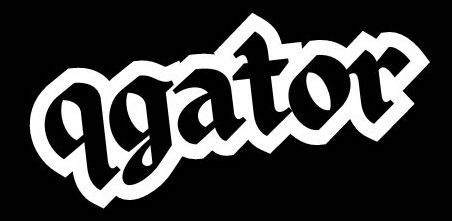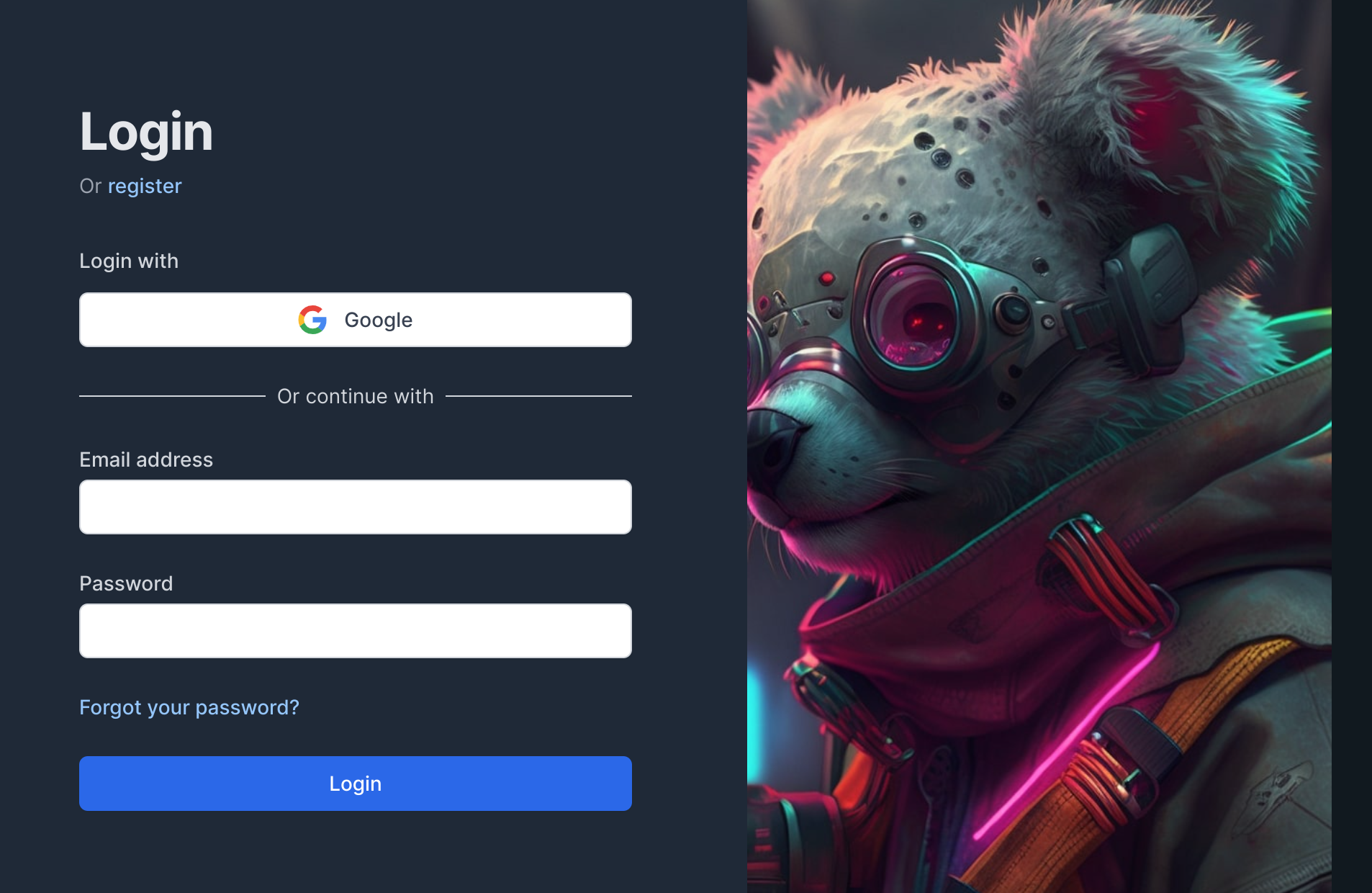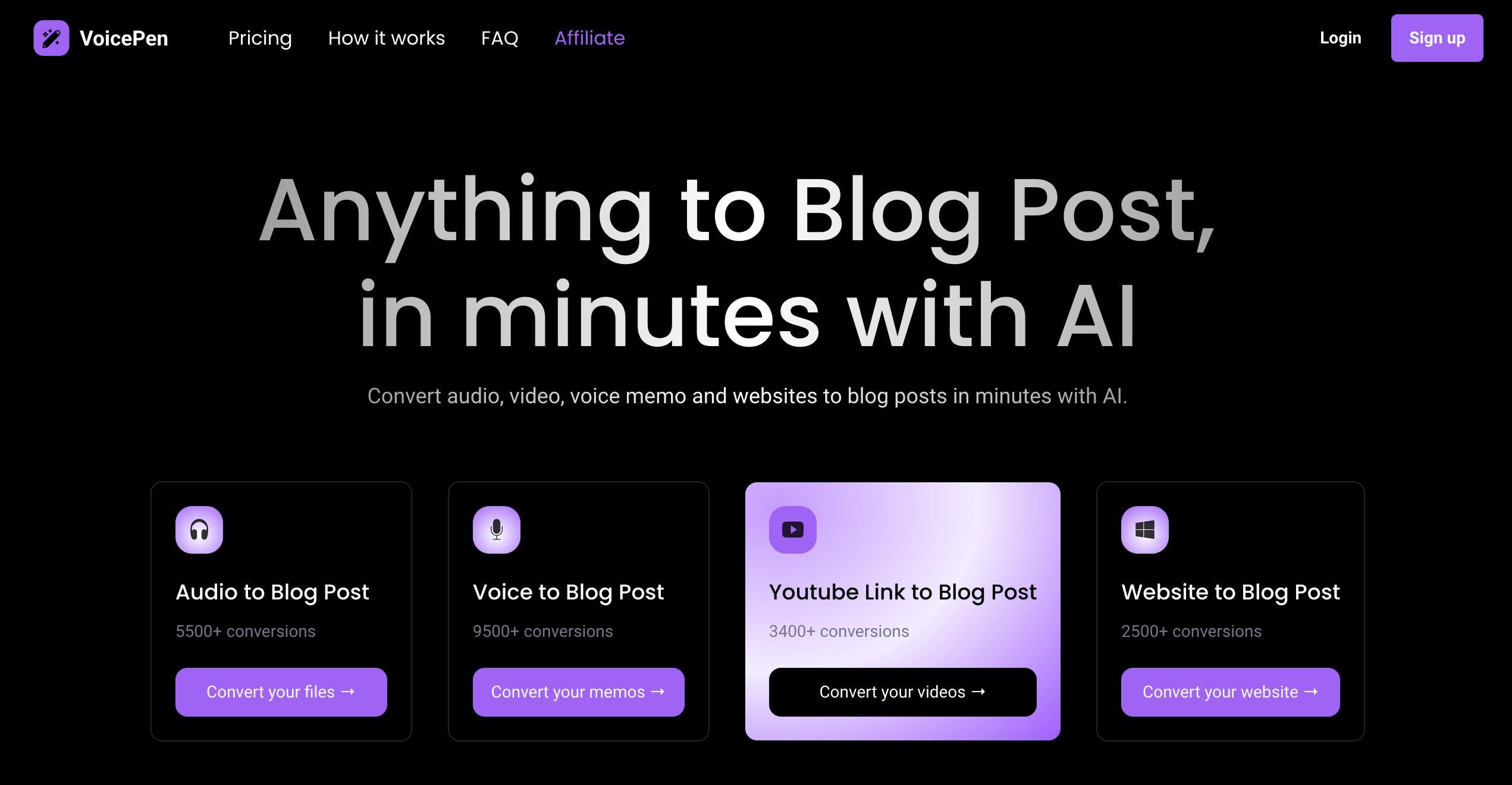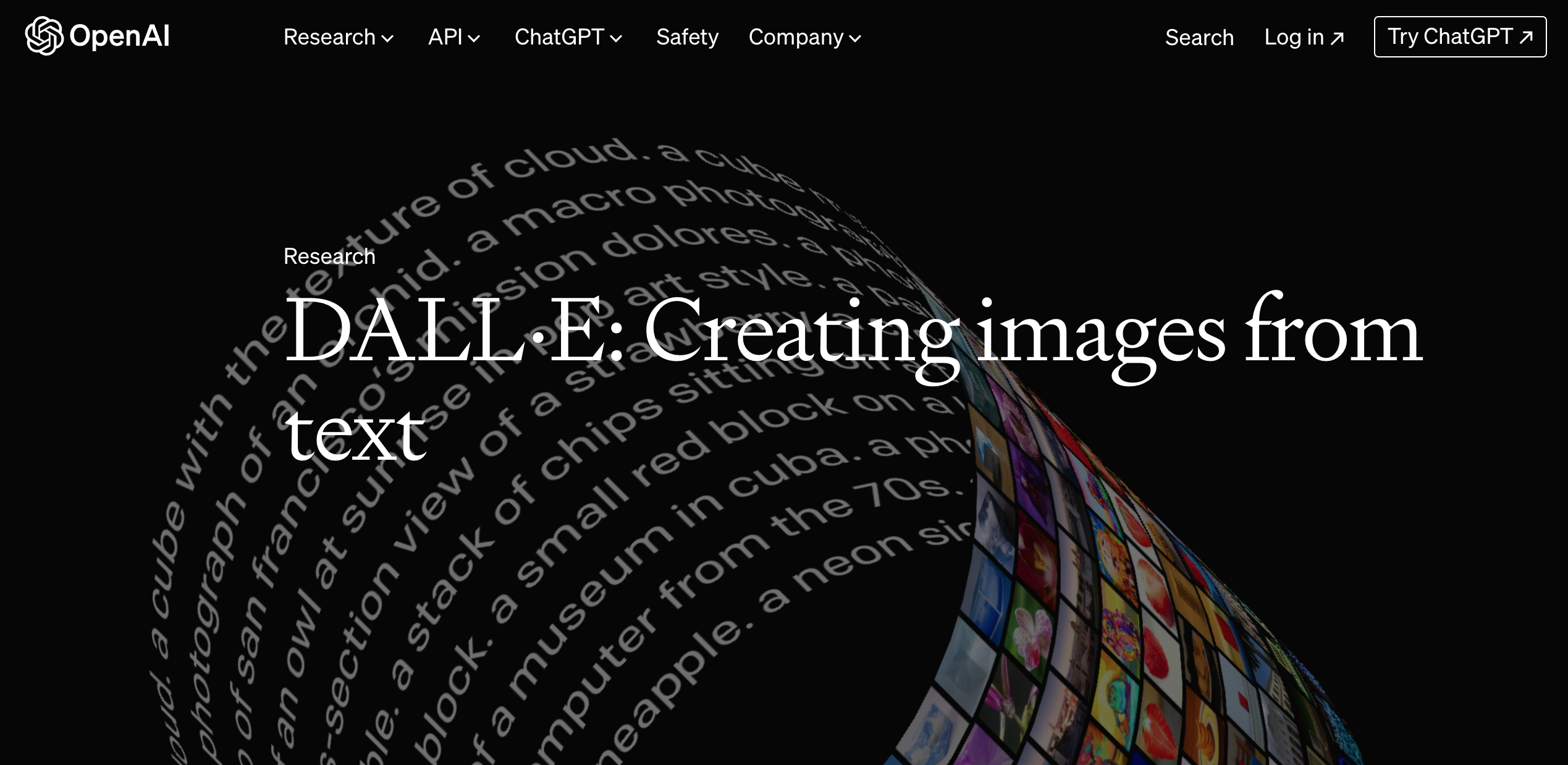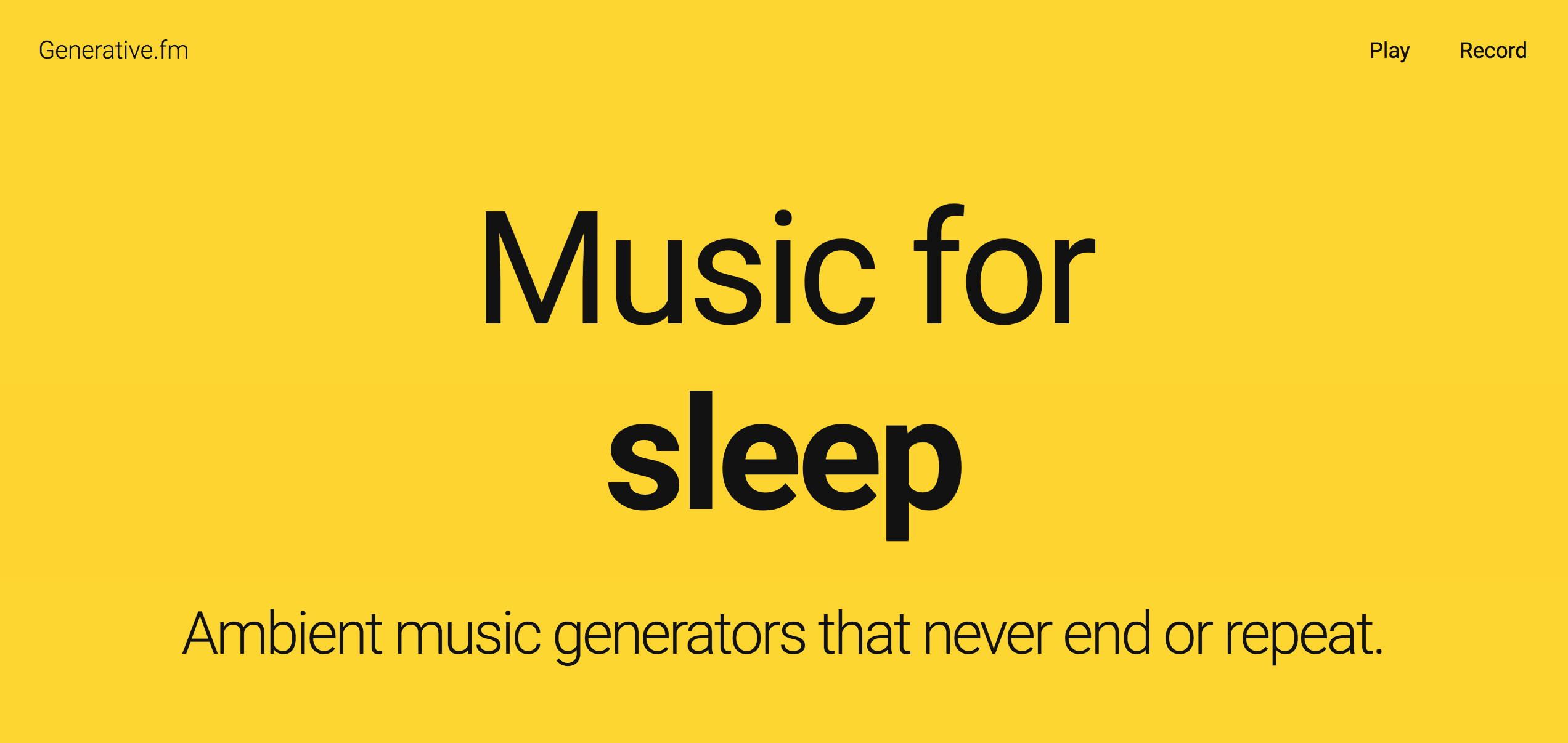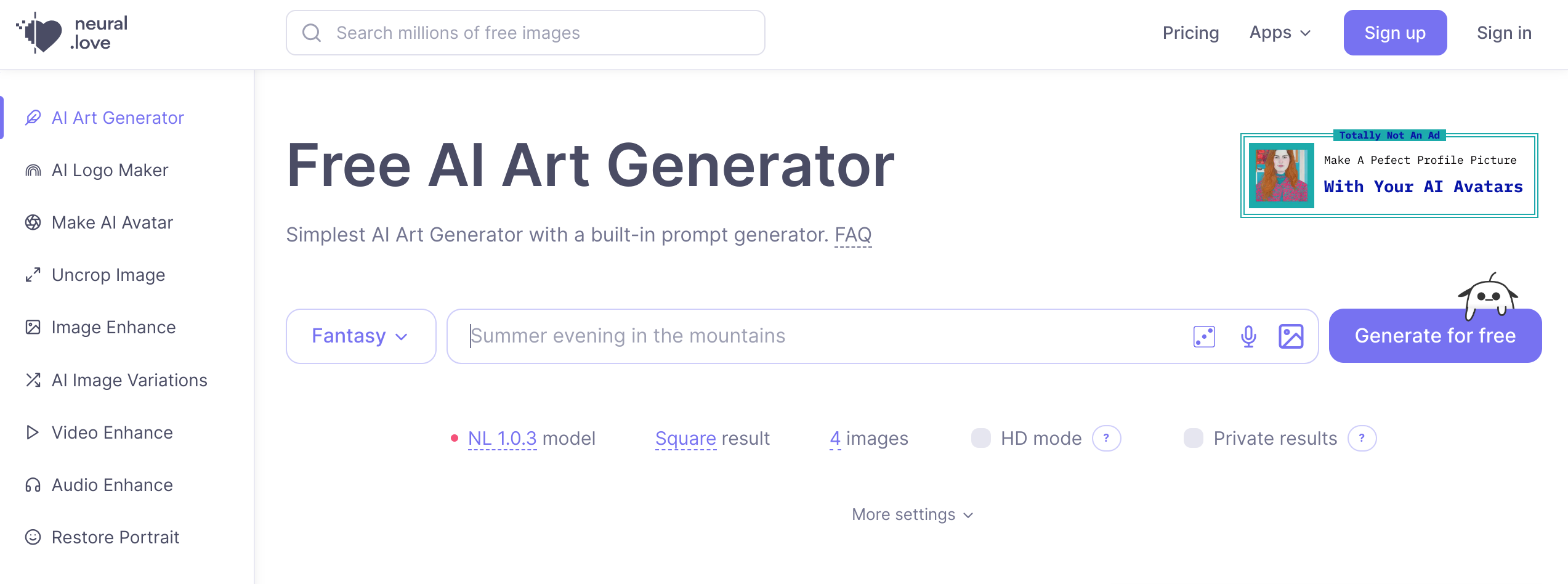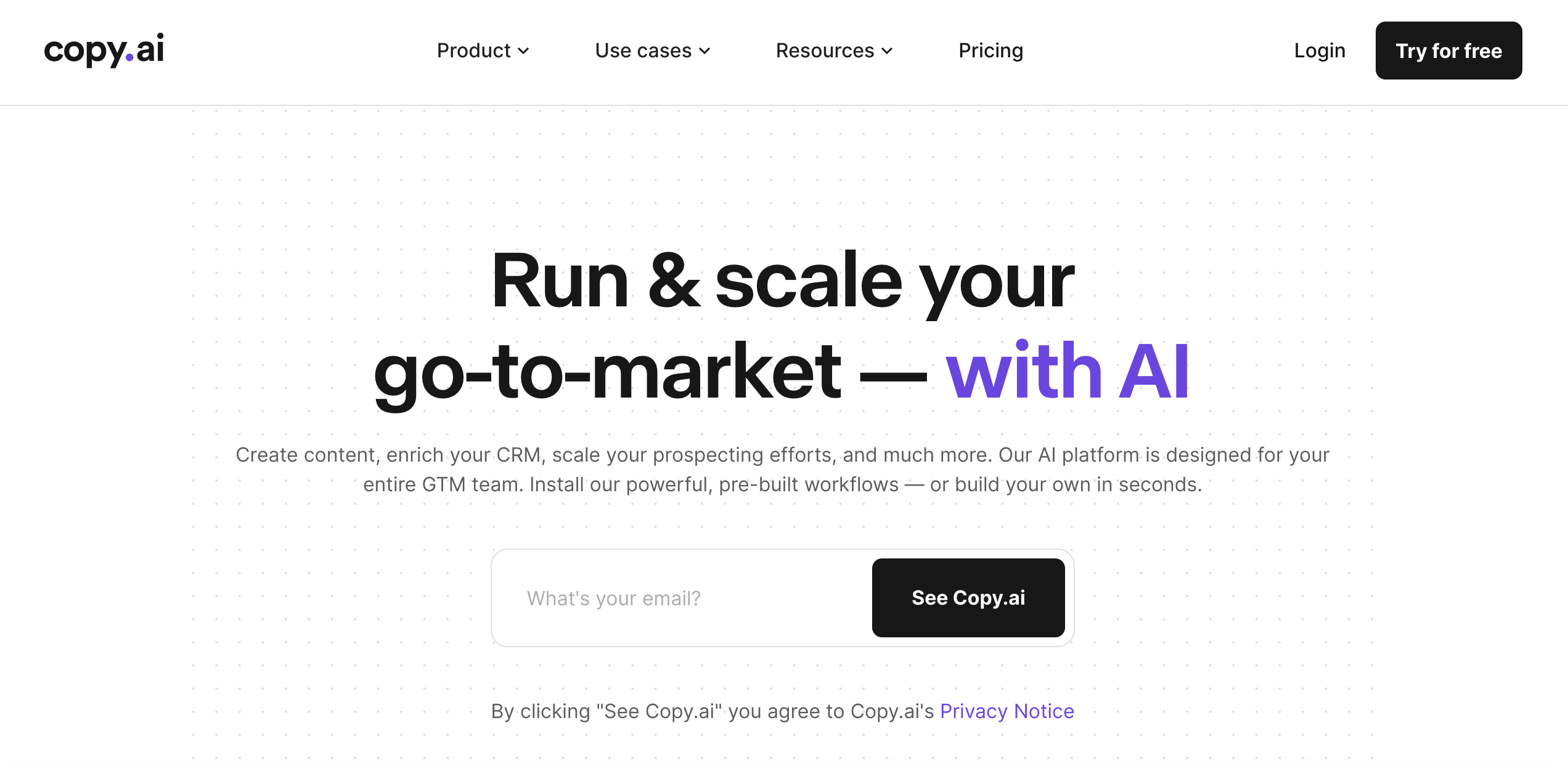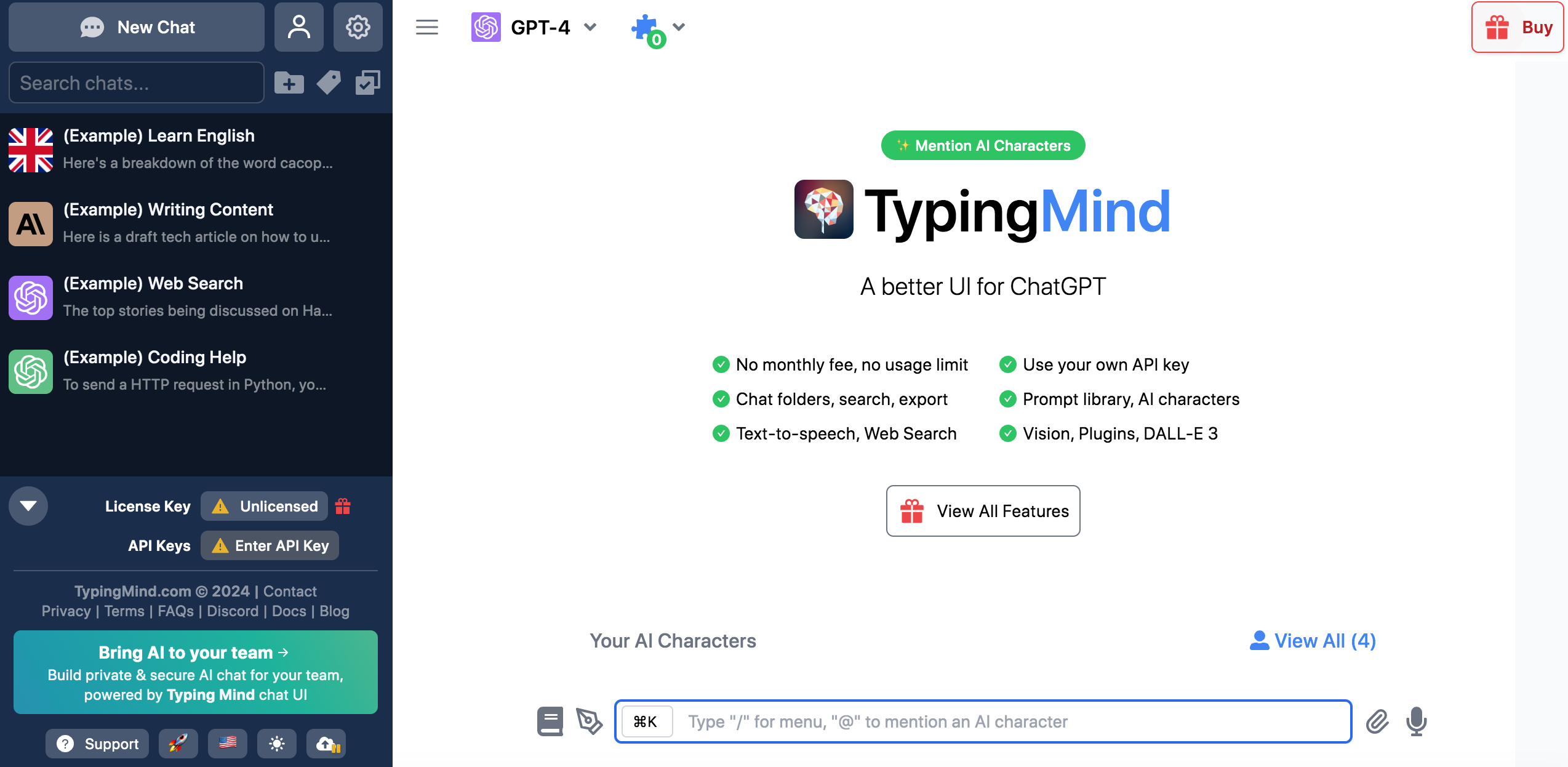Introduction
Web3 is a term that has been gaining increasing attention in recent years. It refers to the next generation of the internet, which is designed to be more decentralized, secure, and private than the current version of the internet (Web2). In this article, we’ll explore what Web3 is, how it differs from Web2, why it matters, and the key technologies that make it possible.
What is Web3?
Web3 is a vision for the future of the internet that is built on decentralized technologies like blockchain and peer-to-peer networks. It is designed to be more open, secure, and private than the current version of the internet, which is dominated by centralized platforms like Google, Facebook, and Amazon.
At its core, Web3 is about enabling a new type of internet that is owned and controlled by its users, rather than by a few large corporations. It is a vision for an internet that is more democratic, where users have more control over their data and more freedom to use the internet in the ways they see fit.
How is Web3 Different from Web2?
Web2, which is the current version of the internet, is characterized by centralized platforms that dominate the online landscape. These platforms are controlled by a few large corporations, and they have significant power over the data and privacy of their users.
In contrast, Web3 is built on decentralized technologies like blockchain and peer-to-peer networks. This means that there is no single entity that controls the internet, and users have more control over their data and privacy.
Web3 is also designed to be more open and interoperable than Web2. This means that different applications and services can work together seamlessly, without being tied to a single platform or ecosystem.
Why Does Web3 Matter?
Web3 matters because it represents a significant shift in the way we think about the internet and our relationship to it. By enabling a more decentralized and democratic internet, Web3 has the potential to give users more control over their data and privacy, and to foster innovation and competition in the online marketplace.
Web3 also has the potential to unlock new economic models and create new opportunities for entrepreneurs and creators. For example, blockchain-based platforms like Ethereum enable the creation of decentralized applications (dapps) and smart contracts, which can be used to create new types of services and products.
Finally, Web3 matters because it offers a way to address some of the biggest challenges facing the internet today, such as fake news, censorship, and data breaches. By creating a more decentralized and secure internet, Web3 has the potential to make the internet a safer and more trustworthy place for everyone.
Key Technologies of Web3
Web3 is built on several key technologies, including:
- Blockchain: A distributed ledger technology that enables secure and transparent transactions without the need for intermediaries.
- Peer-to-peer networks: A network architecture in which nodes (devices) are connected directly to each other, rather than through a central server.
- Decentralized identity: A system for managing digital identity that is owned and controlled by the user, rather than by a centralized authority.
- Interoperability protocols: Standards and protocols that enable different applications and services to work together seamlessly.
- Smart contracts: Self-executing contracts that automate the enforcement of the terms of an agreement.
Challenges and Concerns of Web3
While Web3 offers many exciting possibilities, there are also several challenges and concerns that need to be addressed. One of the biggest challenges is scalability, as current blockchain technologies can only handle a limited number of transactions per second. This can create delays and bottlenecks that make it difficult for Web3 applications to compete with centralized platforms.
Another challenge is usability, as many Web3 applications are still difficult to use and require a significant amount of technical knowledge. This can limit the adoption of Web3 technologies and make it difficult for mainstream users to take advantage of the benefits they offer.
There are also concerns about the environmental impact of Web3 technologies, as the energy required to power blockchain networks can be significant. This has led to calls for more sustainable and energy-efficient approaches to blockchain.
Finally, there are concerns about the potential for Web3 technologies to be used for illegal activities, such as money laundering or terrorist financing. While blockchain technologies can provide greater transparency and accountability, they can also be used to facilitate illegal activities if proper safeguards are not in place.
Conclusion
Web3 represents a significant shift in the way we think about the internet and our relationship to it. By enabling a more decentralized and democratic internet, Web3 has the potential to give users more control over their data and privacy, foster innovation and competition in the online marketplace, and address some of the biggest challenges facing the internet today.
While there are still challenges and concerns that need to be addressed, the potential benefits of Web3 are significant. As Web3 technologies continue to evolve and mature, they are likely to play an increasingly important role in shaping the future of the internet.
